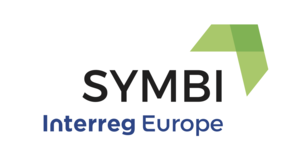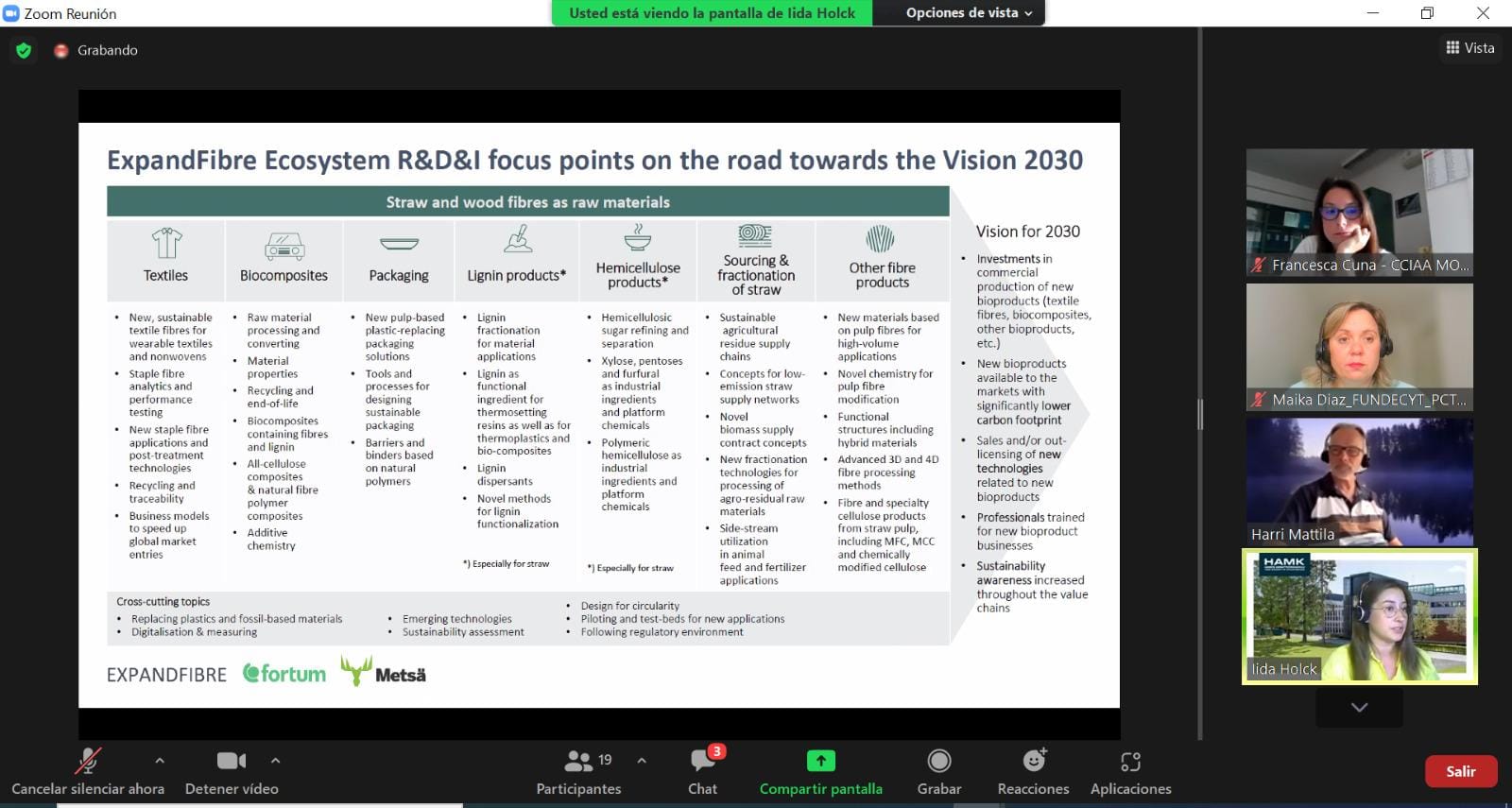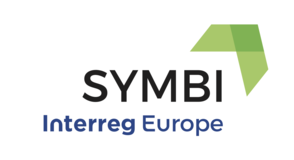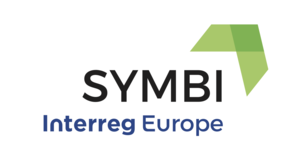In light of transitioning towards a circular economy, companies are looking for ways to optimize their business models and processes; many of them have already adopted and applied the principles of industrial symbiosis to facilitate this shift.
A number of foreign and Slovenian guest speakers, practitioners and participants at today’s conference discussed the synergies between industrial symbiosis and effective spatial planning, looked into ways to estimate the market potential of industrial symbiosis, and outlined the possibilities of implementing research projects on industrial symbiosis.
Opening the event, Dr. Nevenka Ribič State Secretary at GODC said that Slovenian Development Strategy 2030 placed the shift to a circular economy among the twelve development goals to be pursued in the upcoming period; she also underlined the importance of Slovenia participating in international projects aiming to support this transition. ‘’As our national institutions work together with partners in projects like SYMBI and other similar projects, they show commitment to becoming more flexible, adopting innovative approaches and embracing trends. They show their willingness to learn by translating knowledge into meaningful action on the ground, and to adopt good practices. The lessons we have already learnt and those which are yet to come are invaluable in helping us better implement Cohesion Policy now, and will help us shape the new programming period beyond 2020,’’ added Dr. Ribič.
The real meaning and role of industrial symbiosis has already been recognized and implemented abroad. The Danish region of Kalundborg was among the first ones in the world to successfully introduce this concept; Lisbeth Randers of Kalundborg Symbiosis, currently a partnership of six companies and three public institutions whose beginnings date back to 1960s, shared their experience, and identified the results and outcomes of cooperation and sharing between the actors involved. This excellent example of a successful public-private partnership provides energy solutions with energy consumption savings and reduced CO2 emissions (annual savings of 635,000 tonnes). According to Ms Randers, the key to successful cooperation lies in building trust among actors.
Sanna Tyni from Lapland University of Applied Sciences presented an industrial symbiosis case study of the Finnish region of Kemi-Tornio where industrial symbiosis activities helped revitalize an abandoned industrial zone. Ignacio Calleja from the European Institute of Innovation and Technology – Raw Materials outlined potential support mechanisms that encourage innovative circular economy projects. Since training is of key importance, their activities are also geared towards supporting projects focused on education, training and peer learning.
Representative of Directorate-General for Regional and Urban Policy at European Commission Sander Happaerts said that the Commission published a comprehensive report on the implementation of the Circular Economy Action Plan it adopted in 2015. According to the findings of the report, implementing the Circular Economy Action Plan has accelerated the transition towards a circular economy in Europe.
Representatives of the Urban Planning Institute of the Republic of Slovenia, the Chamber of Commerce and Industry of Slovenia, the Ministry of Economic Development and Technology and Strategic Research and Innovation Partnership – Circular Economy presented their views on and shared experience in implementing the concept of industrial symbiosis in Slovenia.





